-
Posts
2079 -
Joined
-
Last visited
Content Type
Profiles
Forums
Store
Downloads
Recruiting - 2020
2019-2020 Football Season
Football
Entertainment
Sports
News and Business
Cloak Room
Transfer Portal
Recruiting
Events
Posts posted by 66BUFF
-
-
On 6/17/2025 at 12:33 PM, Deej said:
They had to stop after II. Didn't need to covering all the heroin, underage girls, and mud sharks.
If I played guitar, I'd be Jimmy Page
The girlies I like are underage (Shh! Check it) -
3 hours ago, tejas60 said:
is that wrong?


-
 2
2
-
-
2 hours ago, TrashMaster G said:
Pretty sure most of the students understand the meaning of the M in SMU.
Southern Millionaires University
-
 1
1
-
-
4 hours ago, Bevo&Pevo said:
Alicia Huggs is the lsu fan who has the RATS
Alicia Huggins

-
 2
2
-
 1
1
-
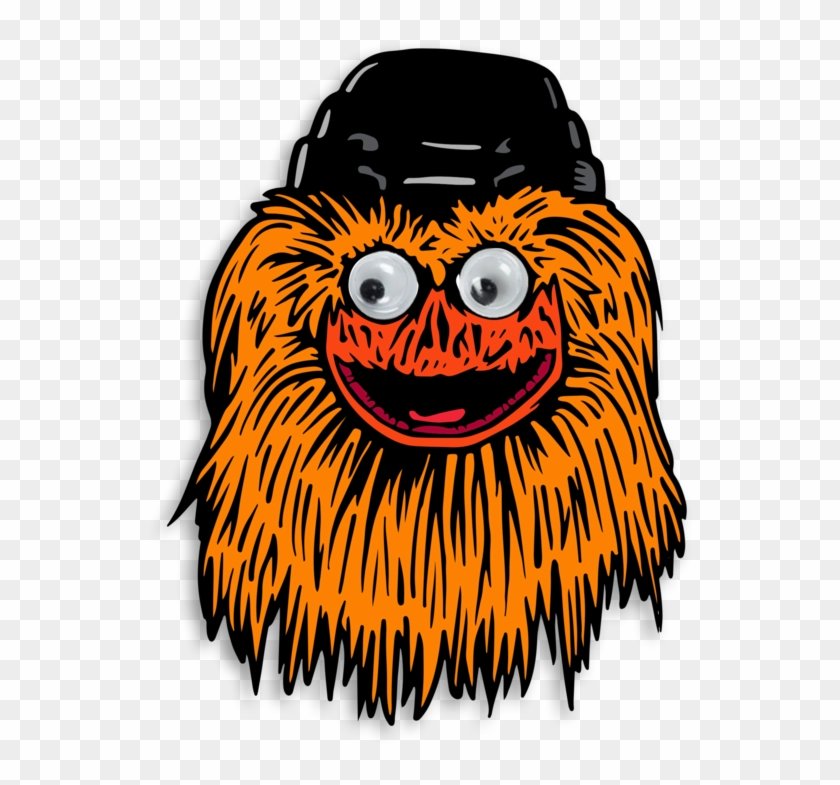 1
1
-
-
-
-
2 hours ago, 'stache said:
When was the last time a college completely changed color schemes? I think I remember Colorado wearing throwbacks a few years ago with powder blue so they made a big change at some point. UH should change their official colors to powder blue and red. Addams family can go fuck themselves. You can’t claim colors and prevent others from using them entirely. If it’s their full time colors no argument that the limited use is for using the Oilers brand for profit. It would be their own permanent color scheme.
May 28, 1981—Blue officially adopted as the primary uniform color in place of black after a Board of Regents mandate at its January meet ing. Originally suggested to be “the deep blue Colorado of Colorado’s sky at 9,000 feet” by then-Regent Jack Anderson, jerseys were official ly an “Air Force Blue” though different than the blue the Air Force Academy’s sports teams wore. Numerals were silver or yellow-gold, depending on the sport, and outlined in white. The football pant remained gold, but with a blue stripe, for both home and road. Football helmets remained gold but with blue logos. Other programs switched to blue, ranging from road basketball jerseys to golf bags. CU’s trademark south end zone is painted blue, the first color change since it was created after the track was removed in 1966.
1984—The colors are altered slightly, as the blue is enhanced to a darker hue; football goes with gold, borderless numbers and com plaints rain in from many, as players can’t be identified from stands. Black and white photos and game films appear as if players wore no numbers at all. Bill McCartney had the football team twice wear black jerseys (against Oklahoma and Nebraska) in a similar way that Notre Dame broke out its green jersey for big games.
April 24, 1985—“Black is Back” read the release announcing that ath letic director Bill Marolt would allow head coaches of all CU sports teams (then 14 in number) the option of returning to black as the pri mary jersey color. McCartney’s throwback efforts the previous season were the impetus for the change; the football jersey had a blue stripe on the arm for the 1985, 1986 and 1987 seasons before it was dropped altogether in 1988.
December 30, 1985—A standard in basketball, the football jersey has COLORADO emblazoned across the front for the first time for the Freedom Bowl versus Washington. November 28, 1987—Football wears all black for the first time in a 24 7 loss to Nebraska.
1988—Football switches to the black pant for road games. It remains standard for well over a decade, until the 2000 team wears white for a road game at Southern California.
-
-
1 hour ago, Al_4_ISU said:
Nah. We'll never be competitive and no one cared when we had one.
Same for CU. I would prefer they bring back wrestling
-
6 hours ago, Superhero said:
I wonder if you can program the music button to play Flight of the Valkyries.
“Rosanna”
“Hold The Line”
“Africa”
-
 2
2
-
-
-
On 6/11/2025 at 9:13 AM, DallasHorn26 said:
Except for Friday, Something About Mary, and Dumb & Dumber, people rarely go to the bathroom in movies.
-
16 hours ago, Rudiger said:
I sat behind Sean Astin on a flight last week. So there.
I assume he did not recline his seat
-
 1
1
-
-
-
-
9 hours ago, ztejas said:
I winged Derek Jeter in a tunnel underneath Yankee Stadium one time. Nearly cost me my career.
You should've shot A-Rod.
-
 1
1
-
 1
1
-
-
Larry Coker - Miami [FL] (2001-06), UTSA (2011-15) - Posted a 60-15 record at Miami, including an astounding 35-3 record in his first three seasons…Led the Canes to consecutive BCS Championship Games, winning at the 2002 Rose Bowl and becoming the first rookie head coach to lead his team to a national title since 1948…Led Miami to three Big East crowns and orchestrated a dominant 2001 offense that set a Big East record with 475 points scored in the regular season.
Coker was this guy when he was at Miami

-
-
-
-
-
On 5/6/2025 at 1:04 PM, Hook1997 said:
The problem being that getting 225 grams of protein in any form is very filling and for my height and body frame that’s what I need to build muscle. Which is my goal now while losing 10 more pounds of fat slowly at the same time.

-
 2
2
-
-
The average NFL salary is close to $2 million, but players were not always so well compensated. In fact, for much of football's history, players often worked secondary jobs in steel mills, on ranches or as salesmen to make ends meet. The only time a player takes a "second" job now is on TV in the hopes of getting a career once he has hung up his cleats. The high salaries were won through decades of battles with owners as well as due to football's ascension to the status of America's favorite sport.
Red Grange
While paid players predate the formation of the NFL in 1920 by several decades, most players were paid on a per-game basis. In 1926, Red Grange changed that when he signed a 19-game deal with the Chicago Bears that earned him roughly $100,000. That was the first large NFL contract.
Changing Times
During the next few decades, player salaries depended on their star quality and the teams they played for. Some teams were stingy with money, while others paid in other ways--in the late 1950s, Baltimore Colts often got free beer after games. Starting around the late 1950s, players demanded a league minimum, but that fell on deaf ears. The average player at the time was getting less than $6,000 per season.
The Financial Breakthrough
The Players Association finally won recognition in 1970, and the owners agreed to a $9,000 minimum salary for rookies and $10,000 for veterans. The minimum salary crept higher through the 1970s.
Salary Wars
Rival leagues often helped escalate salaries. In the 1960s, it was the AFL, followed by the WFL in the 1970s and the USFL in the 1980s. Salaries jumped due to bidding, including the famous John Brodie case where he was offered close to $750,000 to go to the AFL. He had been making $35,000 in the NFL.
The Big Money
The NFL strikes in 1982 and 1987 led to an explosion in salaries because the players won the rights to get more team revenues as well as the ability to bargain collectively. That helped average salaries go from $198,000 in 1986 to almost $800,000 by the start of the 1993 season.
Tuesday, March 4
Updated: March 24, 12:36 PM ET
USFL made an impact in three-year run
By Greg Garber
ESPN.com
"Every NFL player that's getting paid right now ought to thank the USFL," said Irv Eatman, an offensive tackle for the Philadelphia Stars and today a Kansas City Chiefs assistant coach. "That's where it started to proliferate."
Bart Oates, a Stars teammate of Eatman's and later a Pro Bowl center for the New York Giants, agreed. "Track the league's average salary and see what happens in 1984," Oates said. "Put it on a chart and watch it spike."
Done.
The NFL's average salary in 1983 was $152,800. A year later, after the USFL began paying fat salaries and creating a bidding war with the NFL, the average salary was $225,600, an increase of 47.6 percent -- the largest jump in the league's history.
-
 3
3
-
-
On 5/5/2025 at 7:51 AM, JohnnyRage said:
Oh but wait, what about stocking up on foreign flicks?

-
 2
2
-





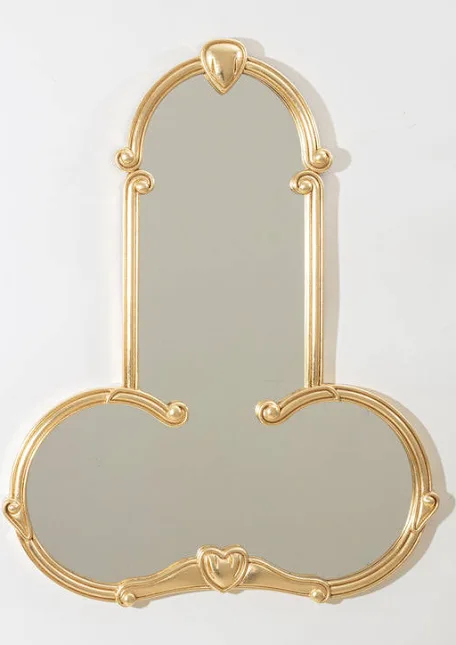




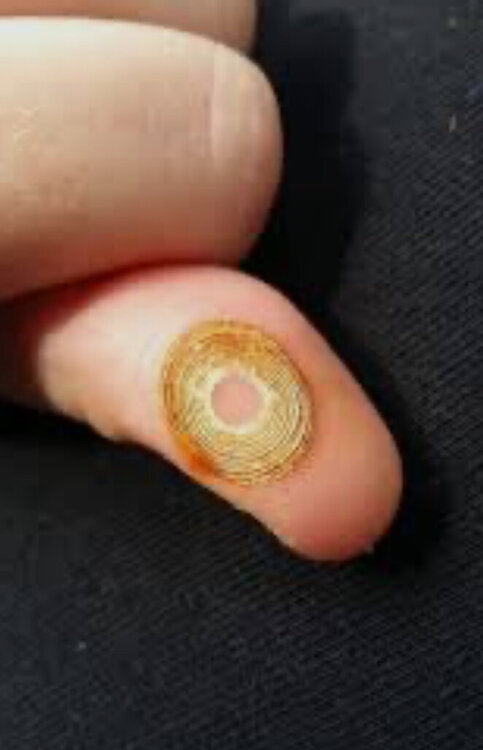

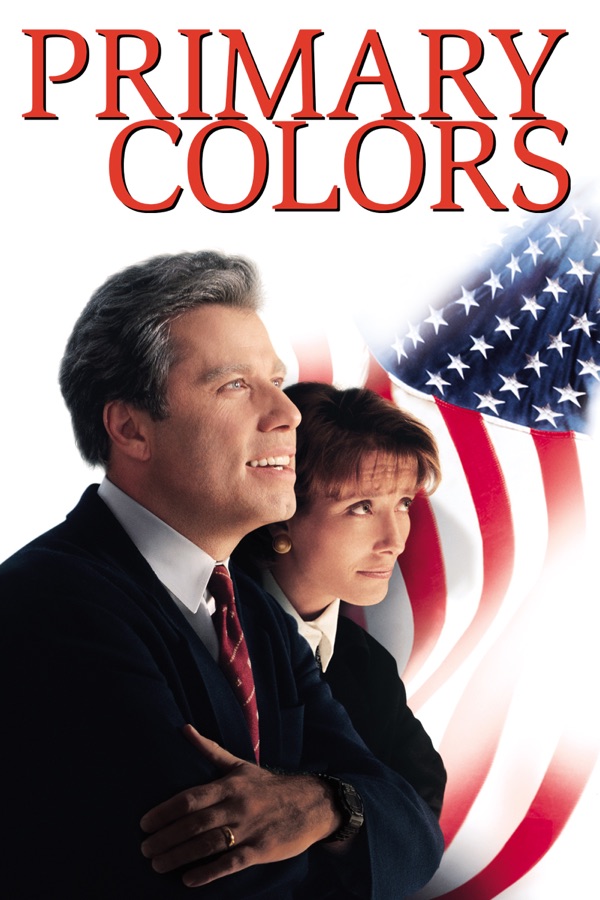
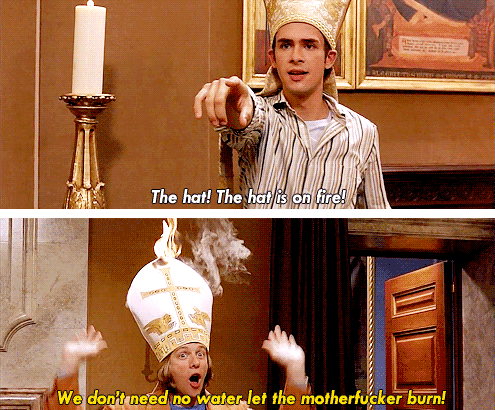
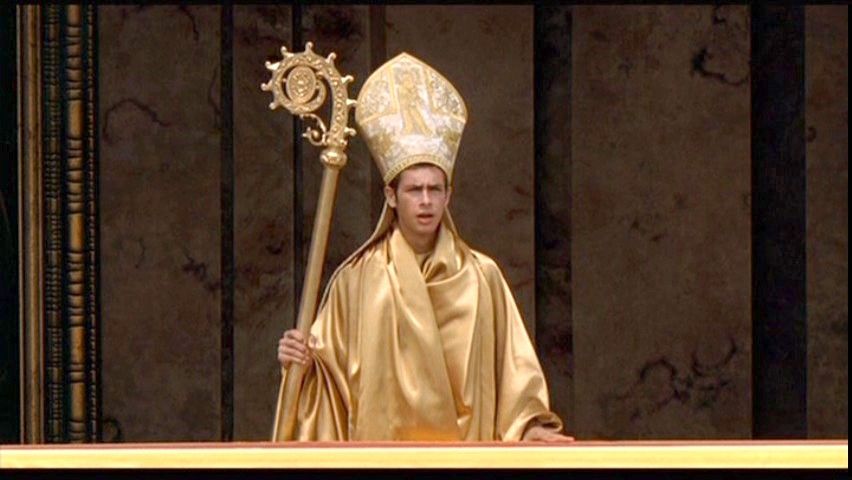


2025 Celebrity Death Pool
in Daily Texan
Posted
Remembering Mets History (1978) "Bad Dude" John Stearns Wins Out in Home Plate Collision with Big Dave Parker
The next batter was (future Mets coach) Bill Robinson. Robinson hit a fly ball to left field, Dave Parker tagged at third base, the Mets outfielder, Joel Youngblood who had a good arm, caught it & threw home.
Parker took off all six foot five, 230 lbs of him barreling into Mets catcher John Stearns. Stearns caught Youngblood's throw, stood his ground tagged out Parker, and was knocked away from home plate.